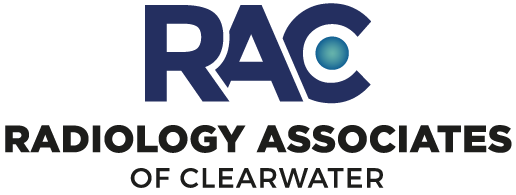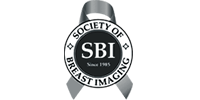Myelogram and Weight Bearing Myelography
A myelogram is a diagnostic procedure performed on the spinal cord and/or nerves, and involves injecting contrast (x-ray dye) into the spinal canal. Immediately following, x-rays are taken. Myelograms are usually done to evaluate for disc herniation, stenosis, bone spurs or arachnoiditis. Mease Dunedin is unique in being one of the few sites in the country to offer weight bearing myelography. This device stimulates the stresses on the spine as if you were standing giving your surgeon a real view of pain generators that you face in your everyday life.
Procedure preparation
A technologist or nurse will contact you 24-48 hours prior to your appointment to review medications you are currently taking, especially pain medications and blood thinners, discuss known allergies and your medical history, as well as answer your questions.
Contact your doctor before you stop taking any medication.
Please bring previous imaging study results (MRI, CT, x-rays) such as films, reports, or CD-ROMs, if available.
You will need a driver for your appointment. If you are unable to drive or arrange transportation, call us for assistance.
Drink plenty of fluids (water and juices especially, not soda) one day prior to, the day of, and the day after your procedure. This will help you eliminate the injected contrast from your body.
Please notify a member of our staff if you are nursing or if there is a chance you may be pregnant.
What to expect during the procedure
The radiologist will insert a needle into the spinal canal in the lower back and check the needle position using x-ray-guidance (fluoroscopy).
You will be lying on a table, which can be tilted to allow the contrast to spread.
Once the contrast has been injected, the needle is removed and x-rays are taken.
You will remain awake during your procedure, which takes approximately 15-20 minutes.
You may experience mild discomfort during your procedure.
Most patients experience minor discomfort during the test.
After the myelogram, a CT scan will be done to gather detailed cross-sectional images of your spine, which will take an additional 30 minutes. The radiologist will use these CT images and x-rays to make the diagnosis.
What to expect after the procedure
To relieve any pressure on the injection site at the base of the spine, myelography patients must stay horizontal for 24 hours following the procedure in order to prevent severe headaches (this enables the small injection site to heal without loss of spinal fluid).
An accompanying person must drive you home. Lay down in vehicle or recline the front seat as far as possible.
After arriving home, lie on your back, side or stomach, with your head elevated no more than 30 degrees (about two pillows) until bedtime. This will decrease your chances of developing a headache after the procedure. You may elevate your feet as needed for comfort.
You may walk to the bathroom and sit up to eat, however, activities requiring you to sit or stand should be kept to a minimum, adhering to no more than 5 minutes upright at a time.
Drink plenty of fluids (water and juices are preferred, but a small amount of caffeine is beneficial) to help clear the contrast solution from your system. The contrast agent will be absorbed into your body and excreted through the urine as a clear substance within 24 hours.
Avoid consumption of alcoholic beverages for at least 24 hours after the myelogram.
Headaches are a possible side effect.
Follow these instructions for 24 hours after the procedure. If you develop headaches, nausea or dizziness, which are worse with sitting, standing or walking, continue the instructions as indicated above for an additional 24 hours. If you do not receive relief after 48 hours, please contact us.
- Home
- About Us
- Physicians
- Technology
-
Services
- General Radiology
-
Interventional Radiology
- Angiography
- Chemoembolization
- Radiofrequency Ablation
- Uterine Artery Embolization
- Vericose Vein Treatment
- Arthrography
- Discography
- Epidural Steroid Injections
- Epidurography
- Facet Joint Injections
- Kyphoplasty
- MRI Arthrography
- Nerve Root Blocks
- Radiofrequency Rhizotomy
- Sacroiliac Joint Injection
- Trigger Point Injections
- Stellate Ganglion Block
- Vertebroplasty
- Facet Nerve Injection
- Myelogram
- Neuroradiology
- Women's Imaging and Interventions
- Orthopedic and Sports Imaging
- Oncological Diagnostics and Interventions
- Cardiovascular Radiology
- Locations
- Contact









